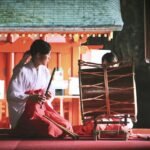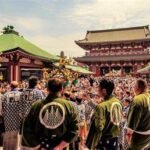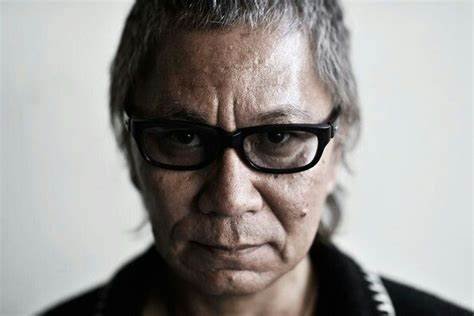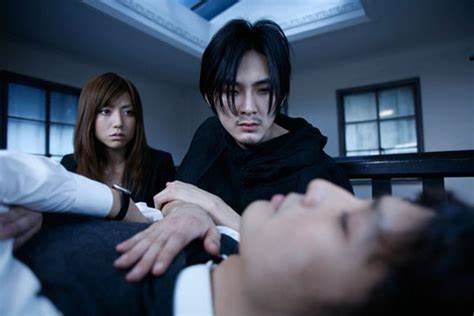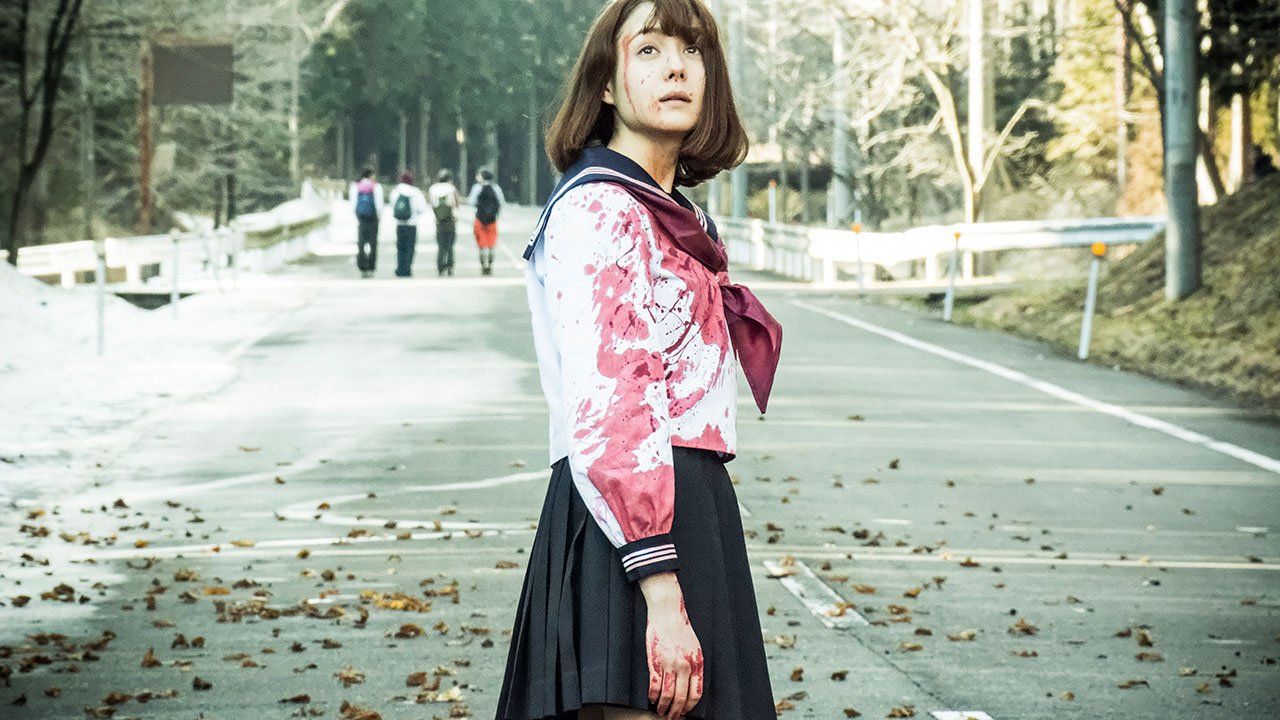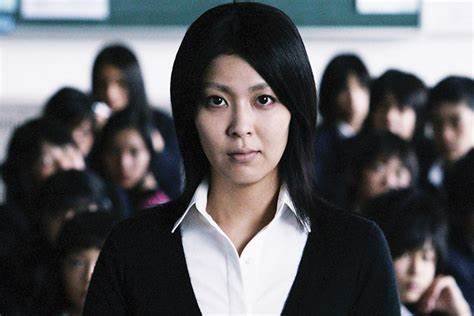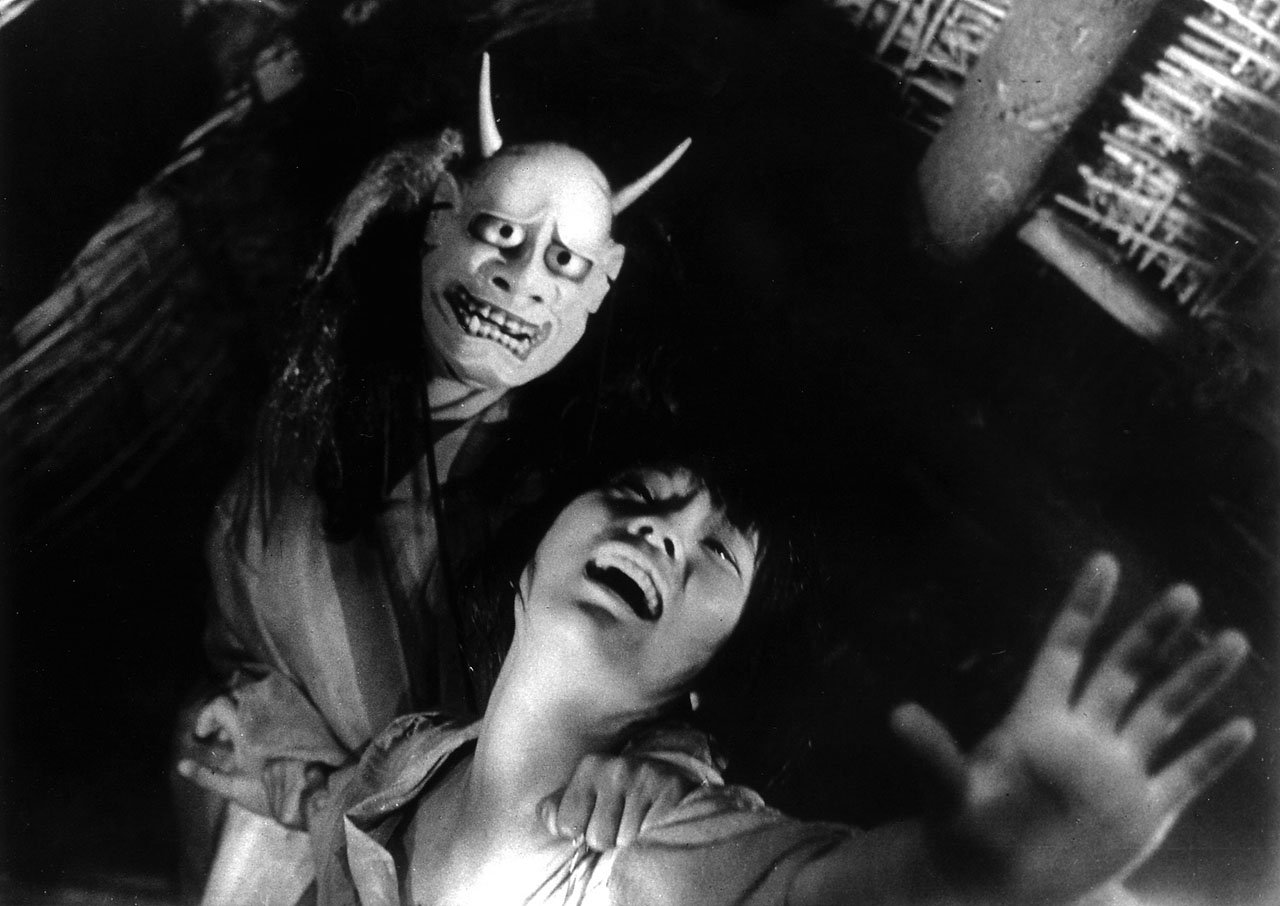Japanese horror, also known as J-Horror, has produced some of the most unforgettable films in the genre. Its success largely comes from visionary directors who pushed boundaries and introduced fresh storytelling methods. Directors like Takashi Miike, Hideo Nakata, and others have shaped J-Horror in unique ways. Each filmmaker has contributed distinct styles that define modern Japanese horror. In this article, we’ll explore the work of these iconic directors and how they influenced the genre.
Takashi Miike: The Master of Extremes
Takashi Miike is known for his daring and often shocking approach to horror. His films push the limits of gore, tension, and disturbing imagery. Miike’s most famous horror film, Audition (1999), is a prime example. The movie begins as a romantic drama, only to take a horrifying turn in its final act. This sudden shift from calm to chaos makes Audition unforgettable.
Miike’s ability to blend different genres and create unpredictable storylines is what makes him stand out. He doesn’t shy away from exploring dark themes or graphic violence. This boldness makes his films both unsettling and fascinating. Over time, Miike has earned a reputation for delivering intense experiences that challenge audiences.
Hideo Nakata: Master of Psychological Horror
Hideo Nakata is best known for Ringu (1998), a film that redefined Japanese horror and popularized the “cursed video tape” trope. Nakata’s style focuses on creating fear through atmosphere and suggestion rather than explicit violence. He builds tension slowly, allowing the horror to creep in gradually.
Ringu relies on the psychological terror of an unstoppable curse. The fear grows not from what you see but from what you imagine might happen. Nakata’s films often explore themes of isolation, fear of the unknown, and technology as a source of terror. These elements make his movies deeply unsettling, without needing excessive gore or special effects.
Following the success of Ringu, Nakata went on to direct Dark Water (2002), which shares similar themes of dread and psychological horror. His influence has not only shaped Japanese cinema but also led to Western remakes, bringing his vision to a global audience.
Kiyoshi Kurosawa: Blending Supernatural with Psychological
Another key figure in Japanese horror is Kiyoshi Kurosawa, a director who expertly blends supernatural elements with psychological tension. His films focus on subtle, creeping dread rather than sudden scares. Pulse (2001), one of Kurosawa’s most famous films, explores the idea of ghosts using technology to invade the real world.
Kurosawa’s films often deal with loneliness and the fear of losing touch with reality. He uses wide, empty spaces and haunting silences to create a sense of unease. This style makes the viewer feel isolated, mirroring the characters’ experiences. Kurosawa’s ability to create a haunting atmosphere without relying on typical horror tropes sets him apart from other directors.
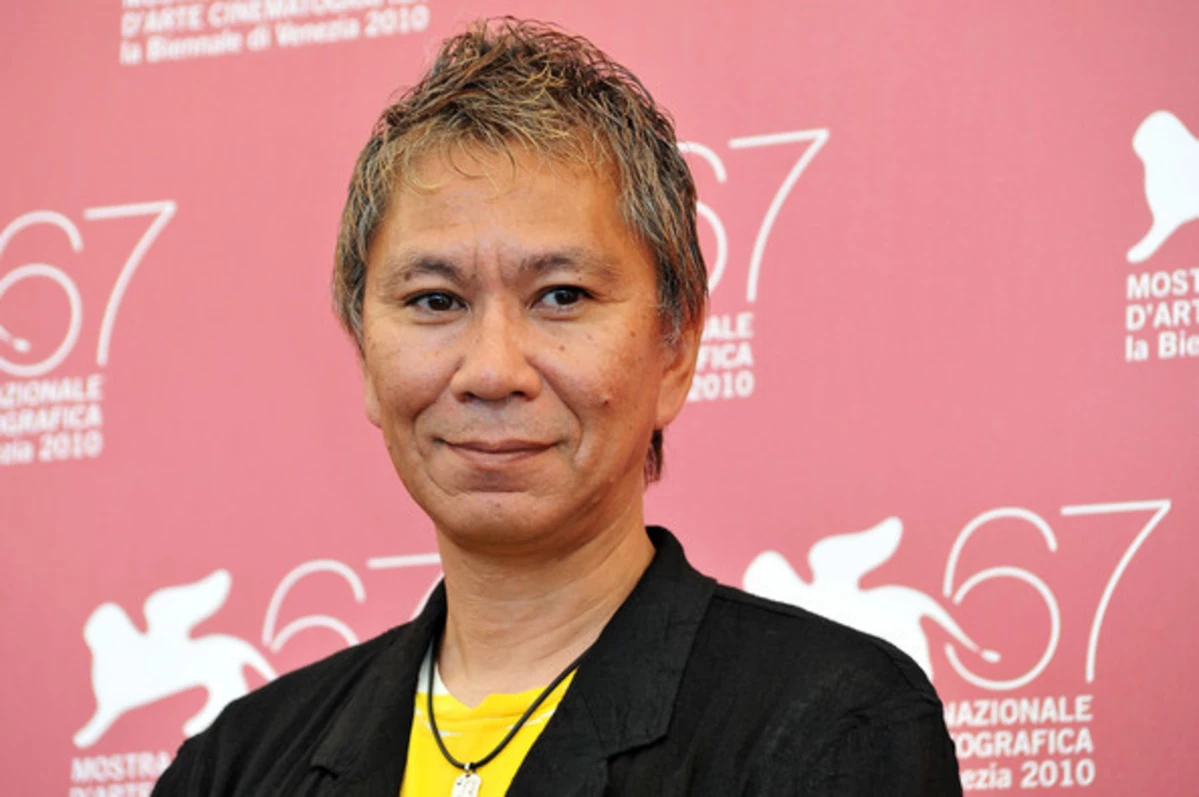
Shinya Tsukamoto: A Unique Take on Body Horror
Shinya Tsukamoto brings a different flavor to Japanese horror with his exploration of body horror and transformation. His most famous work, Tetsuo: The Iron Man (1989), is a nightmarish tale of a man turning into a machine. This film, filled with disturbing visuals and frenetic energy, offers a surreal experience unlike any other.
Tsukamoto’s work often explores the relationship between humans and technology. He delves into the fear of losing control over one’s own body. This focus on transformation and the grotesque makes his films both horrifying and thought-provoking.
Conclusion: The Legacy of Japanese Horror Directors
These directors have played crucial roles in shaping J-Horror into a respected genre worldwide. Takashi Miike’s extreme storytelling, Hideo Nakata’s psychological horror, Kiyoshi Kurosawa’s atmospheric tension, and Shinya Tsukamoto’s body horror have each brought something unique to the table. Their ability to blend cultural fears with universal horror themes has ensured that Japanese horror remains influential.
As J-Horror continues to evolve, these iconic directors’ legacies will inspire future filmmakers. Whether through psychological tension or shocking imagery, their films have left a lasting mark on global cinema. By continuing to push boundaries, these directors keep horror fresh, exciting, and, most importantly, terrifying.


